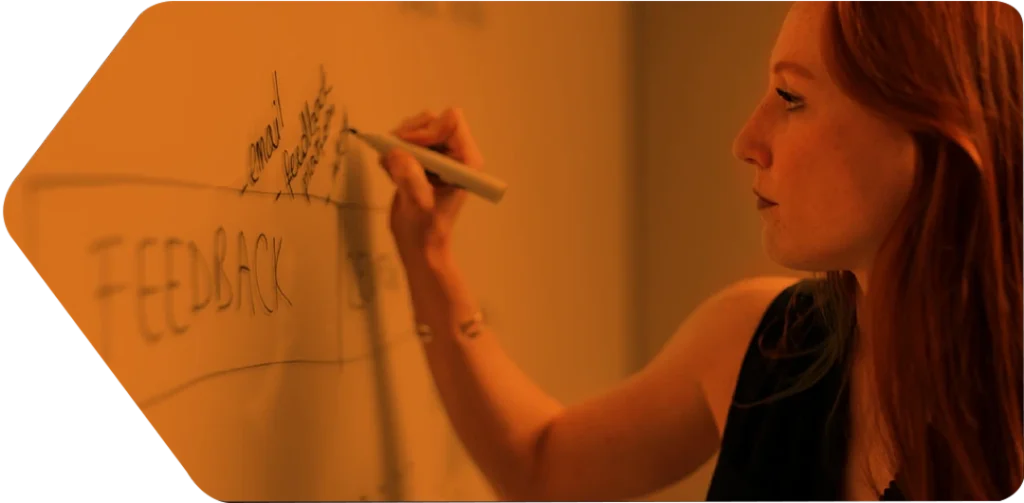full-service naming & visual identity
Whether you’re a VC-backed startup, a CPG company launching a new snack line, a multi-billion dollar spinoff, or anything in between, Catchword has you covered. Our verbal and visual identity services incorporate every aspect of company and product naming—including name architecture, legal and linguistic screening, and domain brokering—along with wordmarks and logos. We’ll quite literally help you make your mark.
Naming
Catchword’s brand naming services span every facet of company naming and product naming—from spinoffs, mergers, and platform names to umbrella names and internal initiatives. We originated many naming best practices, and offer key complementary services like naming architecture, taglines, and domain brokering. Our validation suite includes linguistic analysis, trademark prescreening, and URL checks.

- Company Naming
- Product & Service Naming
- Linguistic analysis
- Trademark Prescreening
- Taglines
- Naming Architecture
- Positioning
- Domain names

visual identity
Life is visual. It isn’t complete without color and form, and neither is your brand. Our visual identity services include logos and wordmarks, templates, and comprehensive style guides that richly and seamlessly help bring your new name to life.
- Logos & Wordmarks
- Style Guides
Selected Work
Fullsight
Vudu
Fitbit Wearables
How can we help you?
Brand naming and visual identity are bigger challenges than most people realize, with the need to create distinctive names and logos that are legally available, culturally and linguistically appropriate, and appealing to a diverse group of stakeholders. Where do you begin? We’d be happy to chat about your naming and design needs.


